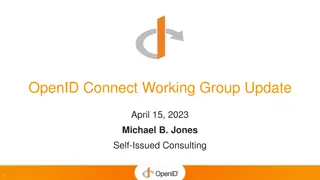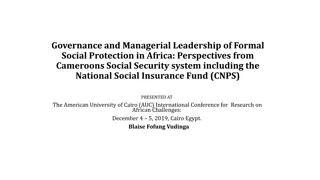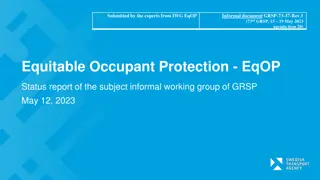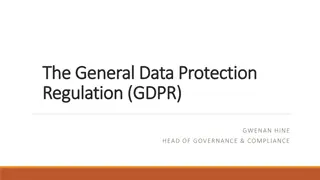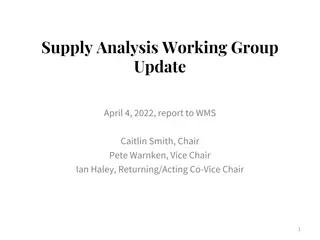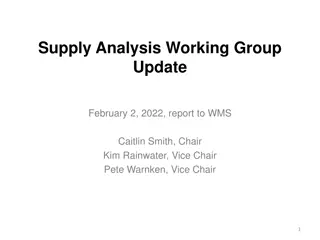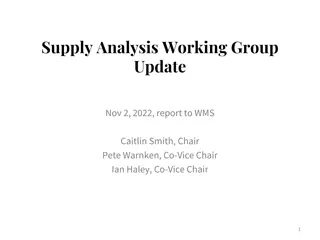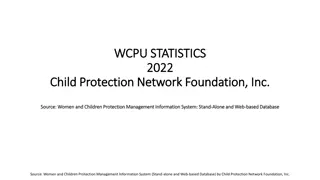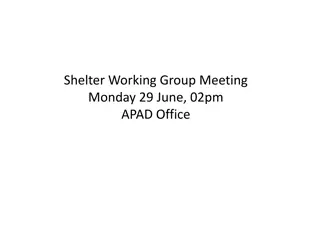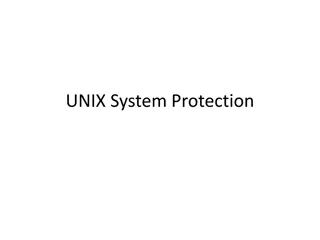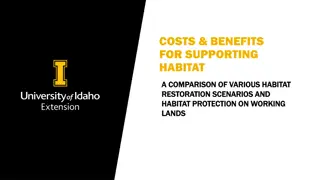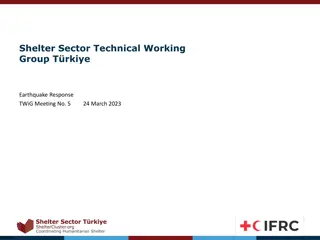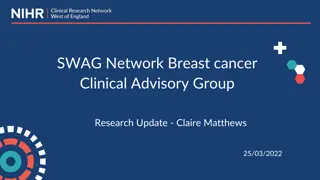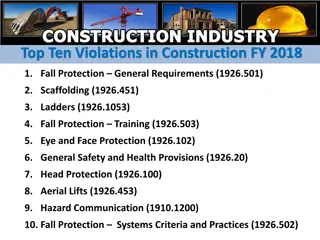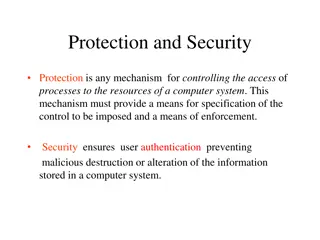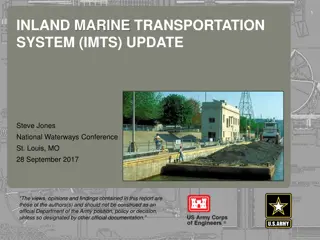System Protection Working Group Update - April 7, 2022
System Protection Working Group (SPWG) held its first meeting of 2022 discussing topics such as Texas RE 2021 Q4 data, PRC standards updates, settlement-only distributed generation modeling in ASPEN, and inverter-based resource modeling challenges. SPWG aims to resolve modeling concerns to enhance system protection practices.
Download Presentation

Please find below an Image/Link to download the presentation.
The content on the website is provided AS IS for your information and personal use only. It may not be sold, licensed, or shared on other websites without obtaining consent from the author.If you encounter any issues during the download, it is possible that the publisher has removed the file from their server.
You are allowed to download the files provided on this website for personal or commercial use, subject to the condition that they are used lawfully. All files are the property of their respective owners.
The content on the website is provided AS IS for your information and personal use only. It may not be sold, licensed, or shared on other websites without obtaining consent from the author.
E N D
Presentation Transcript
System Protection Working Group System Protection Working Group (SPWG) (SPWG) Update to ROS Update to ROS APRIL 7, 2022 APRIL 7, 2022 CHAIR: BRET BURFORD, P.E. CHAIR: BRET BURFORD, P.E.
SPWG Meeting Overview SPWG Meeting Overview 1st SPWG Meeting of 2022 was held on March 2, 2022 Topics Discussed: Texas RE 2021 Q4 Misoperation Data (included) NERC SPCWG Activities PRC-019-2 still working and expect to be re-submitted early 2023 PRC-023 SAR to be posted for industry comment soon PRC-002 SARs 1st effort involving Notification requirements is getting close to being submitted for industry comment; 2nd effort involving DME for IBR locations has not started Reviewed latest version of NOGRR226 UFLS change for 59.4 Hz Reviewed ERCOT IBR Task Force charter and meeting notes
Settlement Only Distributed Generation (SODG) Modeling in ASPEN Settlement Only Distributed Generation (SODG) Modeling in ASPEN ERCOT has added 259 SODG aggregate generator models into the ASPEN case, modeled at the transmission level bus SPWG majority is that SODG should be modeled on the LV bus of the distribution transformer if it is to be included in ASPEN ERCOT agreed to model SODG with infinite impedance and offline as a temporary stop gap until we come to a resolution SODG modeled at the transmission voltage level will lead to inaccurate fault studies, and potential misoperations Distribution transformers need to be accounted for when developing line relay settings on lines with tapped loads SPWG will continue working towards resolving these modelling concerns
Inverter Based Resource (IBR) Modeling in ASPEN Inverter Based Resource (IBR) Modeling in ASPEN There are critical issues with the way IBRs are being modeled in ASPEN Generator models missing current limits Can lead to fictitiously high fault currents or convergence errors 2-winding instead of 3-winding main power transformers This causes zero sequence fault current errors in the models This has been an ongoing issue for many years IBR models aggregated to 34.5kV and not including padmount transformers ASPEN recommends modeling IBR at the low voltage bus (typically ~400V- 800V) As it stands, the ASPEN models do not converge when running fault studies ASPEN has developed newer IBR models in conjunction with EPRI SPWG plans to propose modeling guidelines for IBRs later this year
Protection System Protection System Misoperations 2021 Q4 2021 Q4 Misoperations
Protection System Misoperations: 2016-2021 Q4 2021 Q4 Misop rate 5.87% 2021 Annual Misop rate 5.20%
Protection System Misoperations: 2016-2021 Q4 Misop count due to incorrect settings decreased in 2021 Misop counts due to other/explainable and unknown increased in 2021
Protection System Misoperations 2021 Q4 Q4 2021 # of Misoperations Total 24 135 345 kV 8 33 138 kV 16 102 < 100 kV 0 0 By Category Failure to Trip 0 4 Slow Trip 0 0 Unnecessary Trip during Fault 10 71 Unnecessary Trip Non Fault 14 60 SPS 0 0 By Relay System Type Electromechanical 1 17 Solid State 0 1 Microprocessor 22 103 Other/ N/A 1 14 By Equipment Protected Line 13 69 Transformer 3 13 Generator 4 11 Shunt/Series Capacitor 0 7 Shunt/Series Reactor 2 4 Dynamic VAR system 0 0 Bus 1 8 Breaker 1 19 Other 0 4
Protection System Misoperations 2021 Q4 Summary of Human Performance Issues noted for 2021 Q4: Summary of Human Performance Issues noted for 2021 Q4: - 138kV line misoperated due to incorrectly wired CT polarity at the breaker CT terminal block - 138kV line tripped due to incorrectly set phase instantaneous overcurrent element - 138kV line tripped due to incorrect CT ratio - 138kV line tripped due to temporary protection scheme left in service after completion of construction - Generator trip due to V/Hz trip logic - Generator trip due to incorrect settings being uploaded to the differential relay - 345kV bus tripped due to a wiring error Failure to Trip/Slow Trip Failure to Trip/Slow Trip Misoperations - None Misoperations in 2021 Q4: in 2021 Q4:
Comparison of TO and GO Misoperation Rate 25% TO Misop Rate GO/DP Misop Rate 20% 15% 10% 5% 0% 2016 2017 2018 2019 2020 2021
Definitions Protection System Protective relays which respond to electrical quantities, Communications systems necessary for correct operation of protective functions Voltage and current sensing devices providing inputs to protective relays, Station dc supply associated with protective functions (including station batteries, battery chargers, and non-battery-based dc supply), and Control circuitry associated with protective functions through the trip coil(s) of the circuit breakers or other interrupting devices
Definitions Composite Protection System - The total complement of Protection System(s) that function collectively to protect an Element. Backup protection provided by a different Element s Protection System(s) is excluded. Misoperation The failure a Composite Protection System to operate as intended for protection purposes. Any of the following is a Misoperation: 1. Failure to Trip During Fault A failure of a Composite Protection system to operate for a Fault condition for which it is designed. 2. Failure to Trip Other than Fault - A failure of a Composite Protection system to operate for a non-Fault condition for which it is designed, such as a power swing, undervoltage, overexcitation, or loss of excitation.
Definitions Misoperation The failure a Composite Protection System to operate as intended for protection purposes. Any of the following is a Misoperation: 3. Slow Trip During Fault A Composite Protection system that is slower than required for a Fault condition if the duration of its operating time resulted in the operation of at least one other Element s Composite Protection System. 4. Slow Trip Other than Fault - A Composite Protection system that is slower than required for a non-Fault condition, such as a power swing, undervoltage, overexcitation, or loss of excitation, if the duration of its operating time resulted in the operation of at least one other Element s Composite Protection System.
Definitions Misoperation The failure a Composite Protection System to operate as intended for protection purposes. Any of the following is a Misoperation: 5. Unnecessary Trip During Fault An unnecessary Composite Protection system operation for a Fault condition on another Element. 6. Unnecessary Trip Other than Fault - An unnecessary Composite Protection system operation for a non-Fault condition. A Composite Protection System operation that is caused by personnel during on-site maintenance, testing, inspection, construction, or commissioning activities is not a Misoperation.
End of SPWG Presentation End of SPWG Presentation Next Meeting Scheduled for July 20-21, 2022 Next ERCOT ROS Update will be Provided on August 4th, 2022 Thank You Any Questions?
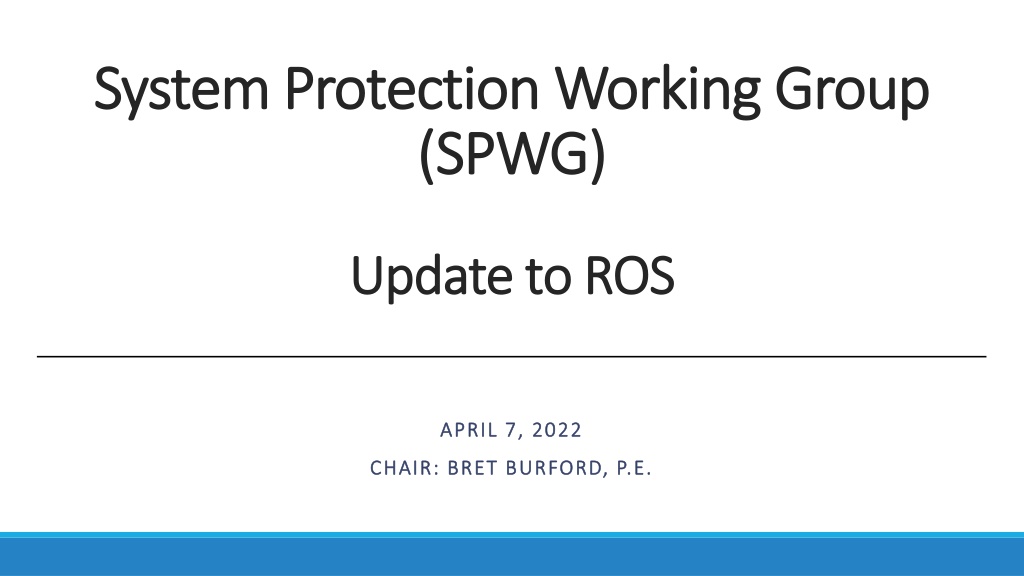
 undefined
undefined





